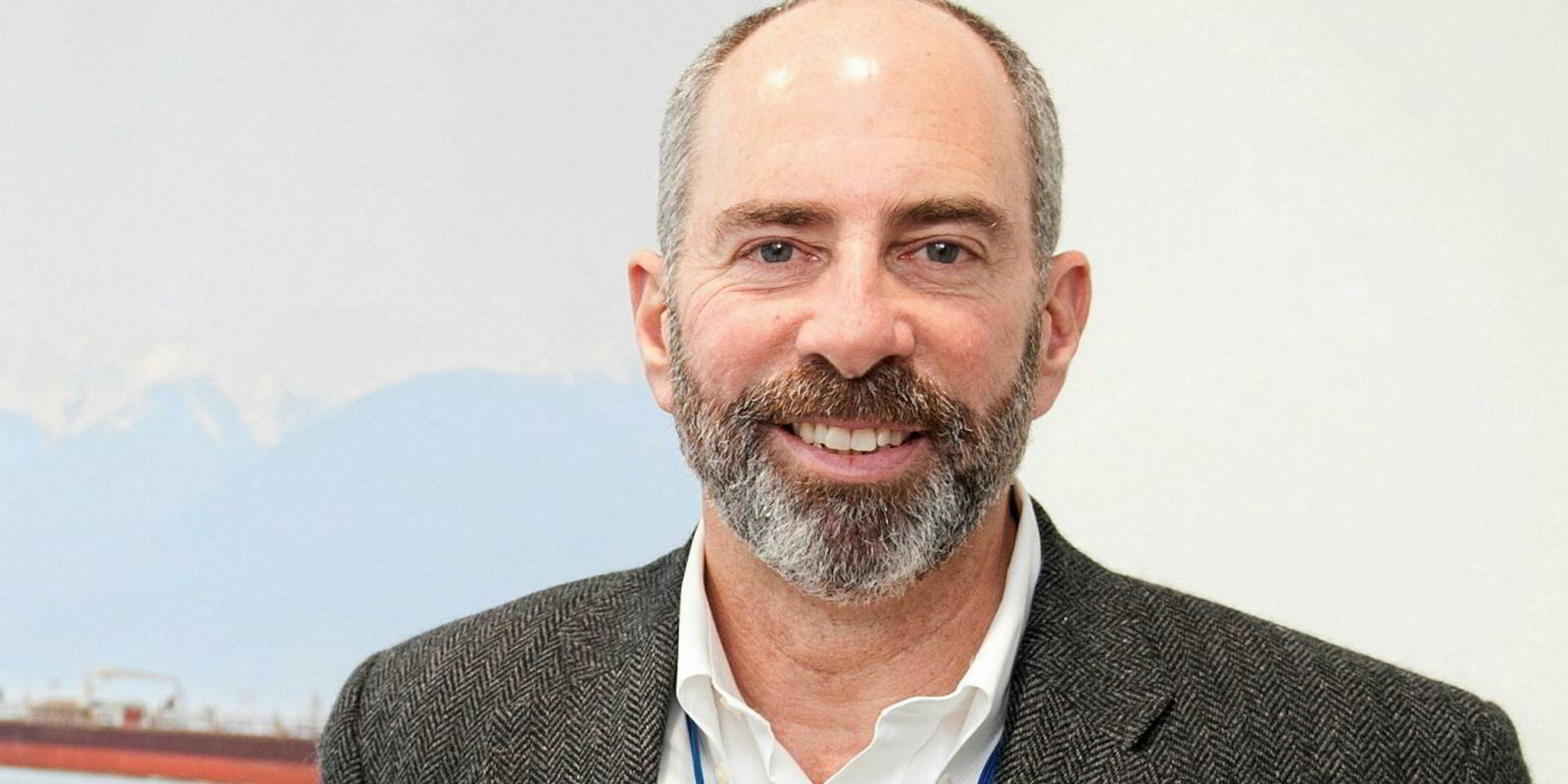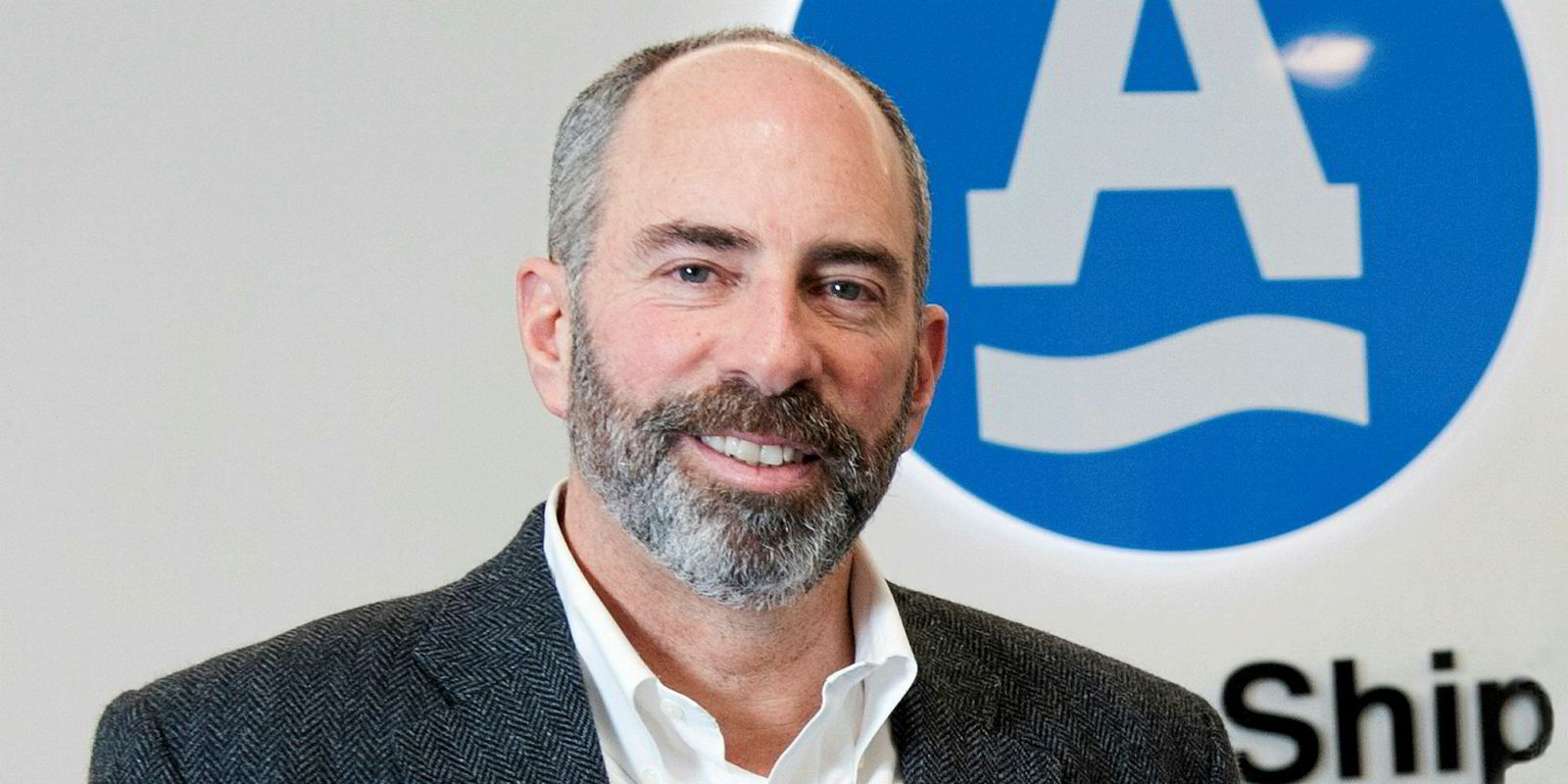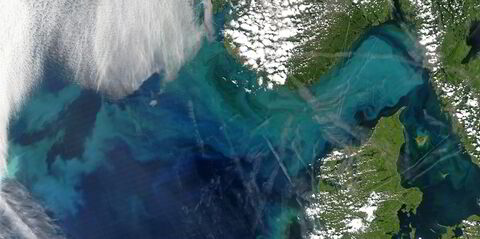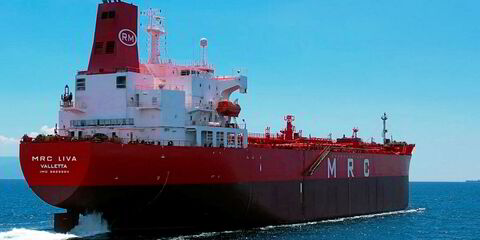Now is an excellent time to be buying product tankers, says Anthony Gurnee, chief executive of owner Ardmore Shipping.
His optimism is based on the belief that market fundamentals point to an upward freight rates trajectory for the struggling product carriers market.
Shipbroker Clarksons latest Oil Tanker and Trade Outlook highlights the fact that the market has continued to ease back, with clean medium range (MR) average earnings falling to a nine-year low of $6,444 per day.
But Gurnee says Ardmore’s view is that current rate levels will improve and asset opportunities exist if an owner can generate enough cash to service debt.
The executive said in a post second-quarter results analysts conference there were few modern, eco-design MRs available in the market.
But there is a bit more activity involving slightly older, Japanese or conventional Korean ships. Prices are down to “fairly attractive levels,” he said
“These would be very good investments,” said Gurnee. "Obviously against track levels clearly not. But I don’t think any of us are in this business to rely on these kind of (rate) levels going forward.”
Top performers and good investments
He says a nine year old tanker that Ardmore purchased was “probably the best performing in our fleet right now in terms of returns on capital.”
Gurnee added: "A lot of these ships are not well maintained through their lives. But a well maintained ship at a good price will prove to be a very good investment.”
Currently, prices being asked by shipyards for newbuildings, effectively breakeven for them, are high at $35m-$36m and $37m on a fully-delivered basis.
“That is way beyond anyone’s cost structure in the industry at the moment,” said Gurnee.
He says it is very unlikely the product tanker market will see any newbuilding activity at current rate levels.
“There is a lack of trading liquidity in the market, and a lack of sustainability at the current charter rates holding things back,” said Gurnee.
“The real issue is charter rates at $11,500 per day in the second quarter and $12,100 per day in the year to date.”
One-offs sway market
He said rates in the second quarter were impacted particularly by lower cargo volumes and “what we consider to be unrelated one-off events.”
“The charter market continues to be weak, particularly in the Atlantic Basin, but is now coming off the very low levels we saw in June and July,” added Gurnee.
The Atlantic Basin should return to normal in the second half of 2018 as short term factors play themselves out.
Gurnee said Ardmore believed the product tanker market should now be on an “upward trajectory”.
This follows support from global refinery throughput rising to a record level in the third quarter and the number of crude tanker newbuildings trading clean petroleum products on maiden voyages declining in the second half as the pace of deliveries tails off.
Also, MR supply growth remains at an all time low. Ardmore is forecasting 23 MRs to deliver during the remainder of 2018, adding to 29 already delivered.But this compares with a five-year historical average of 112 MRs per year, he said.
Scrapping has also increased, with 31 MRs recycled so far in 2018, “indicating a run rate of 50-60 per year.”
As a consequence, MR fleet growth is expected to be below 1% in 2018 and into 2019.”
“Refined product inventories are also below five-year averages and with refinery output set to increase by a further 2m barrels per day in the third quarter to all-time highs, the conditions are there for an increase in cpp trading activity,” he said.
Also, the IMO’s 2020 sulphur cap is expected to have an impact from 2019.
Gurnee said initial estimates suggest approximately 2m b/d of refined products will displace high sulphur fuel oil, with the majority moving by sea. Some analysts are “calling for a 10% increase in product tanker demand.”
Ardmore on Tuesday reported an increased net loss of $8.6m for the three months ended June 30 2018, compared with $1.9m in the corresponding period a year earlier.
The company has 28 vessels in operation, comprising 22 eco MR tankers ranging from 45,000 dwt to 49,999 dwt, as well as six eco design IMO 2 product/chemical carriers of between 25,000 dwt and 37,800 dwt.








